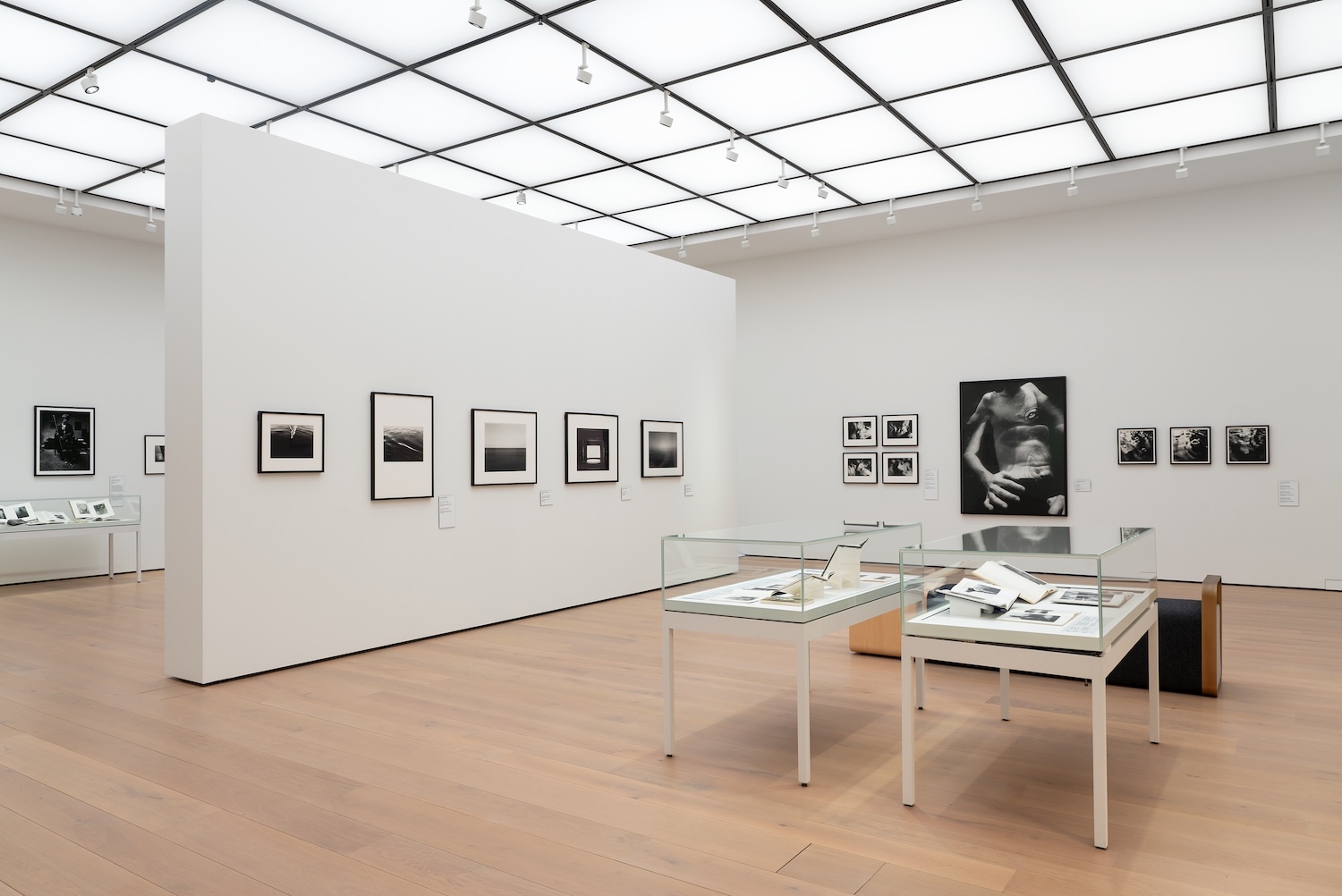Subjective photography

Transcription
Eva Klerck Gange:
There’s no other rooms in the collection presentation that are displaying only photography throughout the entire room...
Narrator:
This is Eva Klerck Gange, art historian at the National Museum.
Here, she’s talking about room 81 and its theme – subjective photography.
Eva Klerck Gange:
Subjective photography refers to two different things in this context. One is a specific professional term that comes from the German photographer Otto Steinert who had three exhibitions in the 1950s called The Subjective.
The other part of the subjective, is more about a general meaning. And then it’s about - Who am I as a subject? Who am I in relation to others, and who am I...?
Narrator:
The room starts somewhat chronologically to help provide some extra historical context...
Eva Klerck Gange:
We start with a small photograph from the 30s, and then we gradually move up towards our time. The main emphasis is on the 1970s-80s, but then, we kind of take a small dip towards the 90s as well, to show how the subjective photograph was a precursor to the focus on identity in the 90s.
Narrator:
Otto Steinert led the way in opposition to documenting objective details and descriptions of reality.
Eva Klerck Gange:
The subjective in this context is about your inner visual gaze and your inner visual impulse to express something. The whole idea behind the subjective is that you are not concerned with these great historical events. But instead... an event between you and me is just as important and has just as high value as a historical event.
Narrator:
The emphasis was not placed on large landscape motifs or important people that one portrays. Instead, it is simply the aesthetic – the visual experience of even the smallest things.
Eva Klerck Gange:
It could be asphalt like the famous asphalt photographs by Tom Sandberg. It could be horizons. It could also be a section of a portrait that is completely different from a regular portrait – one can take a picture of just an eye, or maybe take a picture from a special angle...
And of course, this also has to do with the actual source of inspiration itself, for the subjective.